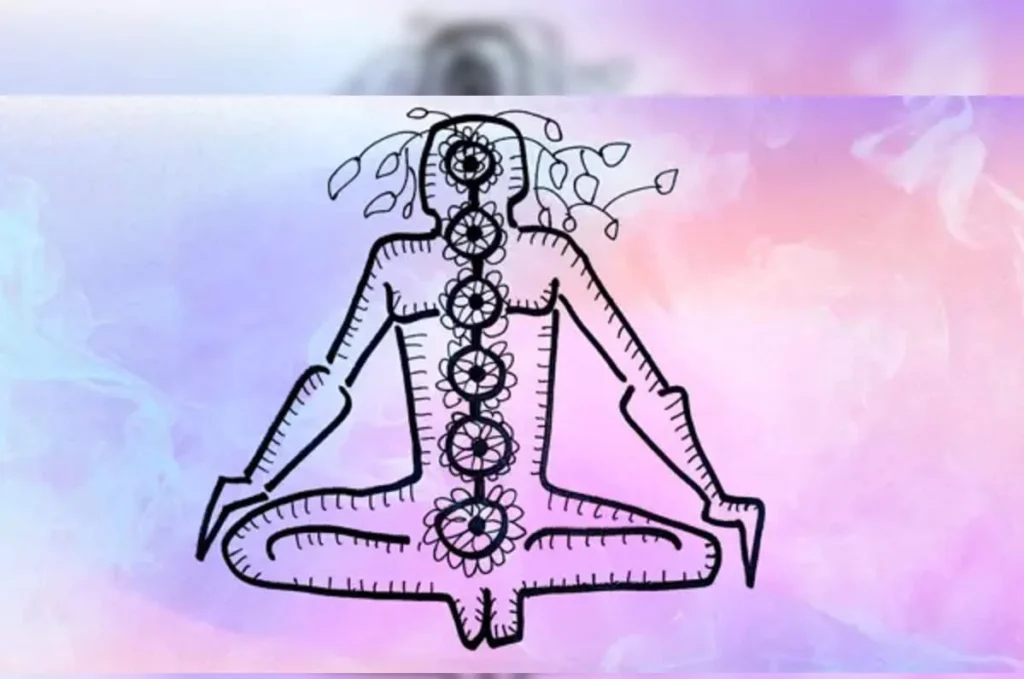
The concept of Brahmacharya is often misunderstood, particularly in traditional yogic literature where it is commonly associated with celibacy. The prevailing interpretation suggests that by conserving sexual energy, one can accumulate a potent reservoir for spiritual practice. However, this view may lead to the suppression of natural sexuality, posing potential risks to both the body and psyche.
Instead of repressing sexual energy, the key lies in transforming it through spiritual alchemy. Various practices such as pranayama, Kriya Yoga, Kundalini Yoga, Tummo breathing, and qi control in Taoism can be utilized to channel this energy. It is important to note that the effectiveness of transmutation varies and depends on factors such as spiritual maturity, lifestyle, and proficiency in the applied techniques.
While it is possible to successfully transmute a portion of sexual energy, a significant amount may still remain. Therefore, it is crucial to be mindful of bodily needs without resorting to repression. Striking a balance is essential, avoiding both excessive release and strict celibacy. Regular spiritual practice can gradually diminish libido while intensifying spiritual hunger and energy. However, it is important to recognize that the amplification of sexual energy may occur, potentially fueling further transformation or increasing the baseline libido.
Emphasizing the importance of listening to one’s body, it is crucial to avoid turning the preservation of sexual energy into repressive practices. For beginners in Kriya Yoga or Kundalini Yoga, adherence to sexual energy transmutation is essential, supported by consistent commitment to spiritual practices. Nevertheless, the true essence of Brahmacharya goes beyond mere celibacy; it is about abiding in pure Consciousness, living as God, and being aware of God at all times.
Sri Ramana Maharshi provides profound insights, clarifying that Brahmacharya means ‘living in Brahman,’ emphasizing that realization itself is lifelong celibacy. Life in Brahman is Brahmacharya, effortless and spontaneous, with continence serving as a helpful aid in achieving that end. The ultimate goal is to live and move in Brahman, where distinctions of sex and distraction vanish upon realizing formless Pure Awareness.
Brahmacharya, in its deeper understanding, invites individuals to live as God, recognizing the impermanence of life and the inevitability of death. Through self-reflection on early memories, one can discern the changing nature of identity, habits, and personality. Despite these changes, the sense of ‘being aware’ remains constant and timeless.
This recognition leads to the true meaning of Brahmacharya – abiding in the unlocalizable and unchanging awareness, the timeless background of consciousness. The practice involves recognizing the unfindable ‘I’ and focusing on the non-objectifiable part of ‘I,’ which is empty awareness. This process, known as Atma-Vichara or Self-Inquiry, transcends the false self and brings individuals into alignment with the true meaning of Brahmacharya.
